How To Plan and Ship During Peak Shipping Season?
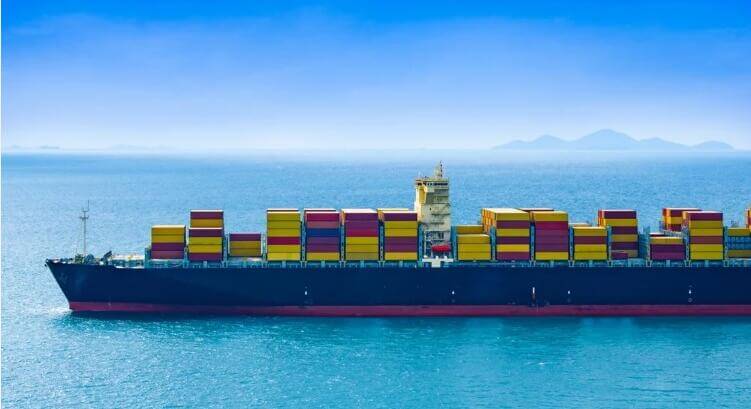
If you’re familiar with international shipping, you’ll know that not every time is suitable for shipping goods. When importing goods from major manufacturing countries like China, there are certain seasons of the year where high demand causes imports to take much longer to deliver. These seasons are also more expensive than usual.
Understanding these times of the year can help you plan better to avoid delays and additional costs. With the holidays fast approaching, what better time to discuss this?
In this article, we’ll explain the important shipping seasons to note and provide tips on navigating China’s peak season.
1. What is Peak Shipping Season?
Peak shipping season is the time of year around major holidays when there is a sharp increase in the demand for shipping and logistics services. It is always a busy time for importers and affects order delivery by shipping carriers around the world.
There’s usually a rise in the number of imports and freight costs. You’ll also experience limited carrier capacity, container shortages, longer transit times, and other delays. Ocean freight and air freight are usually the most affected during this period. Once you notice a great increase in shipping costs and container prices, then that’s a clear sign that peak season has arrived.
2. When is Peak Shipping Season Around The World?
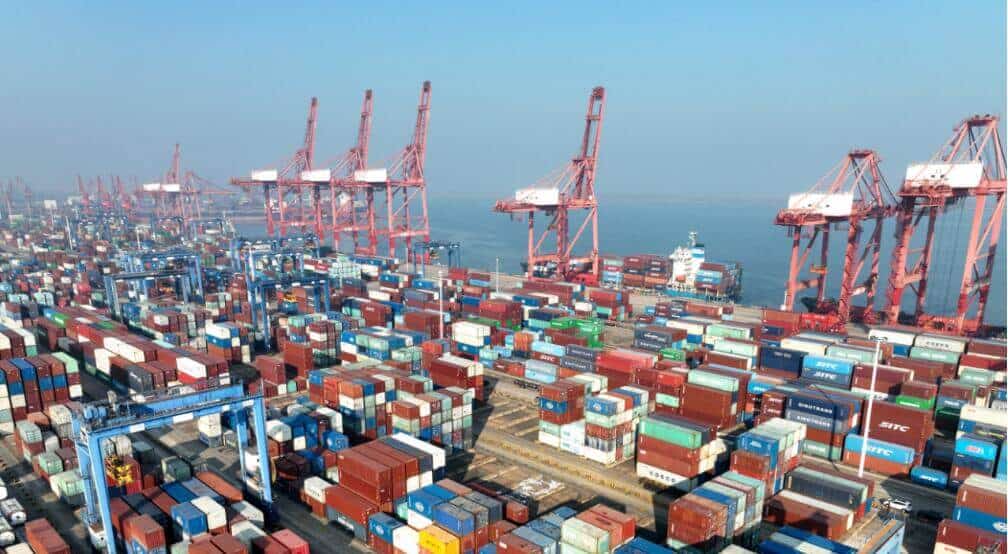
The peak shipping season is not always fixed in stone. Sometimes, it varies with the location you’re shipping to or from. First, you must know that this season starts much earlier than people realize. The highest shipping activity in the year occurs from summer through early January, peaking in Q4 (October to December). Let’s give a breakdown of the timeline that defines this busy season:
Back-to-School and Holiday Shopping Season: This season runs from late July through mid-October and is the most significant part of the peak season. This is because retailers and manufacturers have to restock their inventory supplies before the holidays to meet the upcoming demands of consumers.
Major shopping events like Black Friday, Cyber Monday, Thanksgiving, Chinese National Holiday, and Christmas sales cause this peak shipping season. Businesses always rush to order before the holidays, which spikes demand and worsens the peak season.
Pre-Chinese New Year: January sees another peak as businesses rush to ship goods before factories in China close for the Chinese New Year celebrations, which usually happens in late January or early February
3. When is Peak Shipping Season in China?
China is arguably the biggest manufacturing country in the world. As you would expect, the Chinese peak season affects global supply chains. The Peak shipping season in China is influenced by several major holidays and events throughout the year:
- Chinese Lunar New Year (Spring Festival): This is the most important holiday in China. The exact date for this holiday varies each year based on the lunar calendar, but you should expect it between late January and February. Since factories shut down for at least one week or longer, importers rush to complete orders and ship goods before then.
- Labor Day (May Day): It is celebrated from May 1st to May 5th and is a week-long break for many workers.
- Dragon Boat Festival: This holiday occurs in late May or June, and shipping demand tends to increase in the weeks leading up to it.
- National Day (Golden Week): The Chinese national holiday starts from October 1st to October 7th. As we explained before, the entire country takes a week off. Manufacturers in China are closed during this period, and most supplies ground to a halt. In anticipation, businesses try to get their products out before the long break.
The Mid-autumn or moon festival celebrated in September can also lead to minor spikes in shipping activity in China.
4. The Challenges of Shipping During Peak Season
A simple mistake can destroy an entire supply chain operation and affect your business, and recovery may not come quickly. This is why you should understand the potential peak season shipping problems beforehand. The major challenges to be aware of include:
High Freight costs and limited carrier capacity
The biggest cause of peak shipping is the increase in demand. As the holidays approach, retailers scramble to buy as many goods as possible to meet consumer demand. As a result, many shipping and logistics companies are fully booked. Importers have to compete for limited container spaces. With such an increase in order requests, many carriers can choose to raise prices, as importers are desperate to ship with them.
Longer Transit Times
Worldwide sales are expected to increase by over 15% during peak shipping season. Due to shipping delays, your business will likely face an overwhelming influx of orders you can’t attend to in time. Manufacturers also need to produce goods in massive quantities and send them out. In the end, ports become congested, and your cargo may be delayed for as long as weeks for earlier shipments to be processed and sent out.
Warehouse space shortages
During peak season, it might be difficult to find a Chinese warehouse to stock up on your goods because most of them are full. Since retailers and manufacturers can’t predict the exact volume of peak season sales, they have to store as many as possible to prevent potential shortages.
Inventory management problems
Imagine ordering an item that is out of stock. That is what happens with all the rush that comes with the peak season. You can’t estimate your inventory adequately because new products have failed to be delivered and older products have already been sold. This problem leads to a long list of backorders you must fulfill after peak shipping season.
5. Tips to navigate China Peak Season
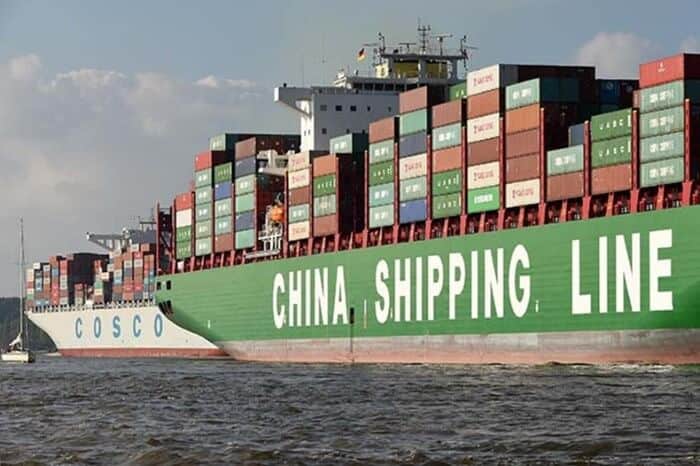
The peak shipping season is not all bad if you don’t let it catch you unawares. With adequate preparation, businesses and consumers can benefit greatly from peak-season sales. The following tips will help you beat the Chinese shipping season rush:
1. Plan Ahead
Honestly, the first step is to plan your shipments well in advance of the peak season. Ensure you know your current stock levels and estimate customer demand based on previous peak seasons. You must place orders earlier with your supplier and book shipments on time. Book sea freight shipments at least three weeks and air freight a week in advance. Planning ahead also means budgeting extra money for increased freight costs so you’re not stranded during shipping. If you anticipate delays, inform your customers ahead of time.
2. Communicate with Suppliers
Peak shipping season is a time to constantly keep in touch with your suppliers. They’re attending to several orders and can easily leave yours behind. To avoid last-minute surprises, communicate your delivery timeframe to them and ask for frequent updates about the production status.
3. Diversify Shipping Methods
Diversify Shipping Methods: Peak season is a time to be flexible. You can divide your cargo across air freight and sea freight. For example, if you’re shipping 1000 goods, you can send 300 via air freight and leave the rest for sea freight. This way, you have some stock in case there are shipping delays. Don’t use the same shipping carrier for all your sea freight cargo, and avoid indirect shipments as much as possible because your cargo may be delayed at multiple ports.
You may also consider choosing less popular carriers during this period, as the popular services will likely be overbooked. Finally, don’t be rigid on the destination port. The most important thing is delivering the goods quickly to your country. You can select less congested destination ports to avoid delays.
4. Prioritize Your Essential Shipments
Identify which products your customers most demand during peak season and focus on these items with your supplier and freight forwarder. Let them know the priority shipments that must be delivered earlier so you have the necessary stock to meet up with holiday season sales.
5. Get Insurance
Goods can easily get damaged, stolen, or lost during the bustle of peak shipping. Most ocean carriers only provide a basic form of insurance, so you’ll be at a massive loss if damages occur. Please get comprehensive insurance during this season to guide against unexpected circumstances, especially if you’re shipping LCL.
6. Cooperate with Trusted Forwarders
Reputable freight forwarders can make your entire peak shipping season smoother. They understand the shipping dynamics better than you and will help you make the best decisions on the right carriers, shipping times, routes, and insurance. Leading freight forwarders like Winsky Freight will help you perfectly handle peak shipping season from China.
FAQs
Which Specific Months are Known as the Peak Season?
Peak shipping season spans from mid-August to January the following year, with the highest activity occurring from October through December, also known as Q4. This period includes major holidays and events like the Chinese national holiday (Golden Week), Black Friday, Thanksgiving, Christmas, and the Chinese New Year.
Does Peak Season only Affect International Shipping?
No, peak season affects both international and domestic shipping. While international shipping may experience greater effects due to global supply chain complexities, domestic shipping also faces increased demand, higher costs, and longer transit times.
How can I Avoid Delivery Delays During the Peak Season?
Your surest bet to avoid delivery delays is to order early. Planning ahead and using a reliable freight forwarder can help you beat the rush of peak shipping season.
Conclusion
Yes, many challenges come with peak season for importers, but they can be managed with proper knowledge and planning. As the holiday season approaches, there is no need to fret. With the tips provided in this article, you’re guaranteed successful shipping. And remember, thousands of importers rely on Winsky for fast and efficient delivery of goods from China during peak shipping season. Whenever you need help, choose Winsky! Contact us today for an affordable and smooth shipping experience.
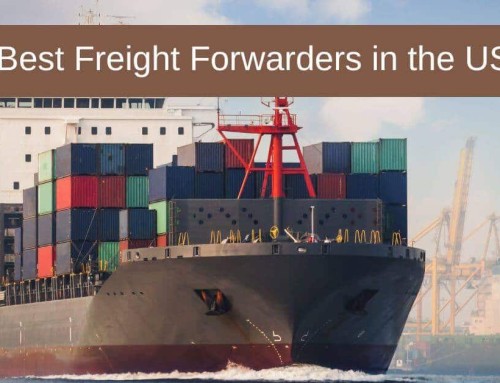

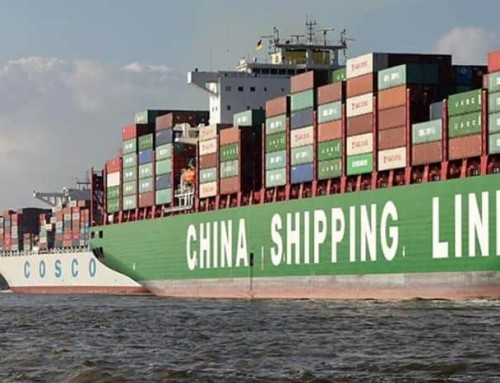
Leave A Comment